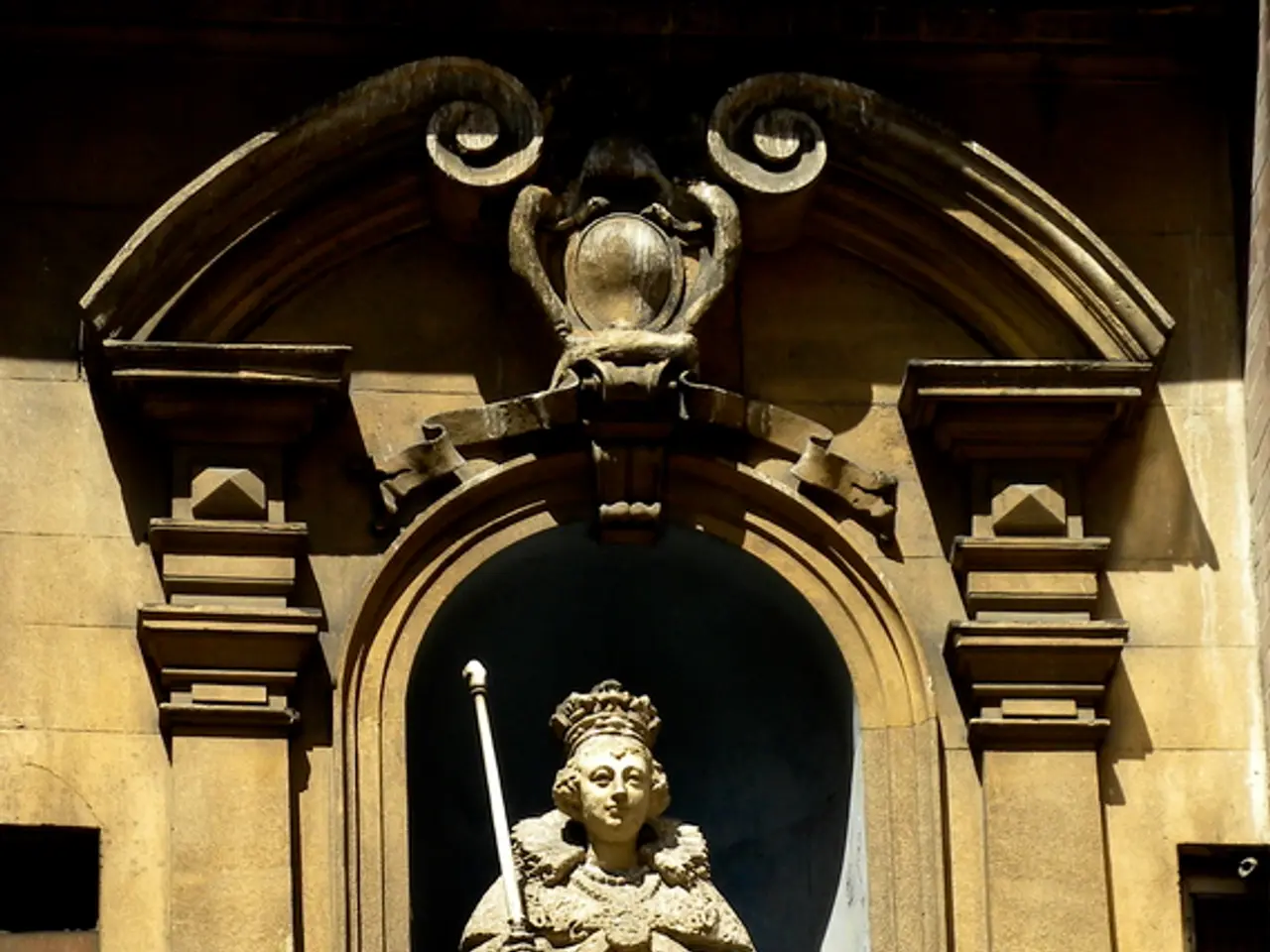Restoring the debated Freemason monument under Trump's administration
The Trump administration has announced plans to restore a controversial statue of Albert Pike, a Confederate general and Freemason, in Washington, D.C. The decision, primarily driven by federal historic preservation laws and recent executive orders, comes after the statue was toppled and burned during the 2020 Black Lives Matter protests following the police killing of George Floyd.
The statue, which was originally dedicated in 1901 and is located just a few minutes' walk from the Capitol, is the only outdoor statue in Washington, D.C., honoring a Confederate military leader. The Trump administration's action reflects a pushback against efforts to remove Confederate monuments and to reframe America's historical narrative, aligning with former President Trump's executive orders.
Pike, the subject of the statue, was a Confederate brigadier general and diplomat. He resigned from the army in 1862 due to disagreements with army leadership. During the American Civil War, the Confederacy fought for the independence of Southern states and the preservation of slavery. Pike worked with Native American tribes that held slaves and sided with the Confederacy.
Pike is also known for his role in the Freemasons, serving as a leading figure in the Southern Jurisdiction of the Scottish Rite and writing influential works. The statue, funded by Freemason donations, was a subject of public debate over its removal in recent decades.
The National Park Service, which oversees the memorial where the statue will be placed, cited its responsibilities in announcing the restoration and reinstallation of the statue. The Trump administration's move to restore the statue continues President Trump's push to bring historical symbols of the Confederacy back into the public sphere.
Interestingly, the Pentagon found a loophole by officially naming bases after other individuals with the same last names as the Confederate generals, rather than the generals themselves. Trump also signed an executive order calling on federal agencies and local authorities to restore public monuments that had been removed during protests.
This decision has sparked controversy and protests, with some arguing that the statue's symbolism is offensive and should not be restored, while others argue for historical preservation. The restoration and reinstallation of the Albert Pike statue in Washington, D.C., is set to take place in October.
[1] The Washington Post. (2020, June 27). Trump orders review of military bases named for Confederate generals. Retrieved from https://www.washingtonpost.com/politics/trump-orders-review-of-military-bases-named-for-confederate-generals/2020/06/26/8e9f1032-c679-11ea-93d7-8583c7c5b4dd_story.html
[2] The New York Times. (2020, June 27). Trump Orders Review of Military Bases Named for Confederate Generals. Retrieved from https://www.nytimes.com/2020/06/26/us/politics/trump-military-bases-confederate-generals.html
[3] CNN. (2020, June 26). Trump orders review of military bases named for Confederate generals. Retrieved from https://www.cnn.com/2020/06/26/politics/trump-military-bases-confederate-generals/index.html
- The European Union, in its policy-and-legislation concerning war-and-conflicts, politics, and general-news, has regularly emphasized the importance of addressing systemic racism and promoting racial equality, following the 2020 Black Lives Matter protests.
- In the context of crime-and-justice, the restoration and reinstallation of the Albert Pike statue, setting to take place in October, has sparked considerable discussion, with some advocating for the statue's removal, citing its offensive symbolism.
- The European Union's stance on historical preservation differs from the Trump administration's, as it promotes the revision of historical narratives that perpetuate discrimination and marginalization, rather than their perpetuation in public spaces.







